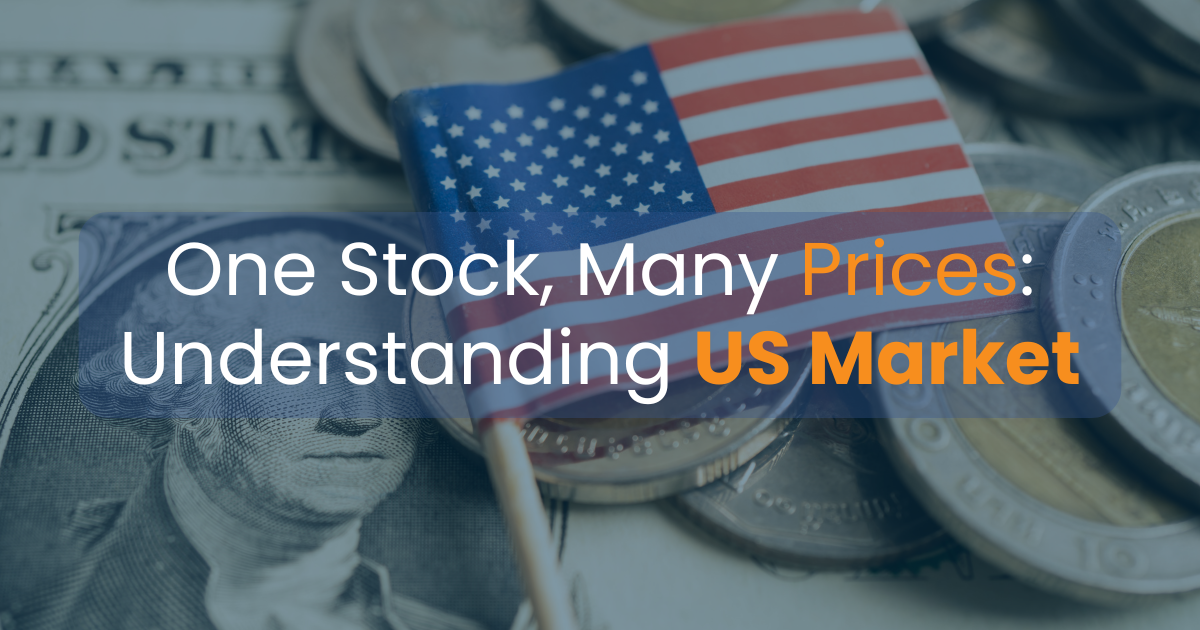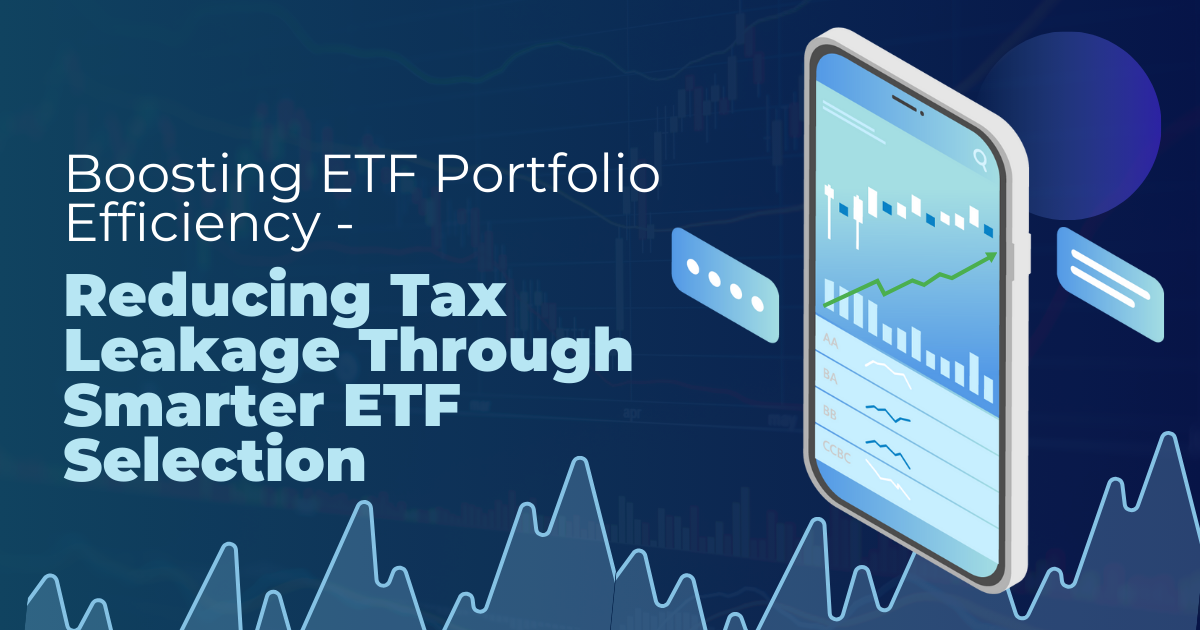DuPont Analysis
The DuPont analysis is one of the most widely used financial tools, enabling a better understanding of ROE related to any company. By breaking down ROE into its very basic elements, this technique provides important insights into a business enterprise’s operating, financial, and managerial efficiency. The technique was first developed in the 1920s by the DuPont Corporation but still remains highly relevant today for financial analysts, investors, and business managers. This paper aims to explain the nature of DuPont analysis, its elements, and formulas with real-life implementation, mainly concerning its applicability in markets such as Singapore.
Table of Contents
What is DuPont Analysis?
DuPont analysis, or the DuPont Identity, is a tool to measure financial performance through its decomposition of ROE into three related parts:
ROE = Net Profit Margin * Asset Turnover* Equity Multiplier
Using this formula, the stakeholders can break down what causes ROE in specific terms—profitability, efficiency, and financial leverage. The DuPont analysis points out the interaction between these components and is an effective tool for determining and learning a company’s strengths and weaknesses in operation.
For example, two companies with identical ROEs may achieve them through entirely different strategies—one through high profitability and the other through significant financial leverage. The DuPont model explains these differences.
Understanding DuPont Analysis
A strength of the DuPont framework is its view of the enterprise’s financial performance, which is all-inclusive yet granular. Each of its components provides critical insights:
- Net profit margin focuses on profitability. It shows how much a company makes in profit from its revenues.
- Asset Turnover is the measure of how well a company is using its assets to generate sales.
- Equity Multiplier focuses on financial leverage or the degree to which a company uses debt to fund the assets.
By linking these three components, DuPont analysis clarifies whether a company’s ROE is based on operational strength, financial efficiency, or leverage, all of which are different sources of threat and reward.
Components of DuPont Analysis
- Net Profit Margin
It is the percentage of revenue left as profits when all expenses are subtracted. It is expressed as,
Net Profit Margin= Net Income/Sales
Effective cost control and the right pricing strategy result in a higher net profit margin, which directly reflects the company’s ability to convert revenue into profit.
- Asset Turnover
This is the amount of revenue that a firm generates through its assets. A turnover of assets can be calculated as follows:
Asset Turnover = Sales/Total Assets
A higher asset turnover ratio indicates that more sales are being driven using assets; hence, it may be a sign of good strength in operational efficiency.
- Equity Multiplier
It is a measure of the firm’s usage of financial leverage. It is calculated through the following formula:
Equity Multiplier = Total Assets/Shareholder’s Equity
A high equity multiplier indicates a high reliance on debt. Although this increases returns when conditions improve, it also raises financial risk.
Calculations of DuPont Analysis
To demonstrate how to conduct DuPont analysis, let’s take the case of a Singaporean company, ABC Ltd. The following are the firm’s financial statements:
- Net Income = USD 8 million
- Sales = USD 40 million
- Total Assets = USD 20 million
- Shareholders’ Equity = USD 10 million
Using these figures, the pieces of DuPont analysis are calculated as follows:
Net Profit Margin = Net Income / Sales x 100% = 8,000,000 / 40,000,000 x 100% = 20%
- Asset Turnover
Asset Turnover = Sales / Total Assets = Asset Turnover = 40,000,000 / 20,000,000 = 2.0
- Equity Multiplier
Equity Multiplier = Total Assets / Shareholders’ Equity = 20,000,000 / 10,000,000 = 2.0
- Return on Equity (ROE)
Employing the DuPont formula:
Return on Equity (ROE) = Net Profit Margin × Asset Turnover × Equity Multiplier = 20% × 2.0 × 2.0 = 80%
In the above example, ABC Ltd.’s ROE stands at 80%, a very strong figure indicating strong profitability coupled with effective asset utilisation, supported by moderate financial leverage.
Examples of DuPont Analysis
Application 1: Comparing Companies
Let’s compare two companies in Singapore’s manufacturing sector: Company A and Company B.
| Metric | Company A | Company B |
| Net Income (USD) | 6 million | 8 million |
| Sales (USD) | 30 million | 40 million |
| Total Assets (USD) | 25 million | 35 million |
| Shareholders’ Equity (USD) | 15 million | 20 million |
Company A:
- Net Profit Margin:306=0.20 or 20%
- Asset Turnover:2530=1.2
- Equity Multiplier:1525=1.67
- Return on Equity (ROE):0.20×1.2×1.67=0.40 or 40%
Company B:
- Net Profit Margin:408=0.20 or 20%
- Asset Turnover:3540=1.14
- Equity Multiplier:2035=1.75
- Return on Equity (ROE):0.20×1.14×1.75=0.399 or 39.9%
Company B, despite having higher revenues and equities, possesses an ROE that is slightly lower due to lower efficiency in asset turnover.
Frequently Asked Questions
DuPont analysis provides a step-by-step breakdown of ROE, providing insight into significant drivers of financial performance. This aids managers in identifying the operational flaws and enables the investor to understand what drives profitability.
Its application for investors identifies sustainable profit generation and operational efficiency companies. Breaking down ROE enables them to know whether a company’s performance is driven by real profitability or through other financial leverage, which may be risky.
Though very insightful, DuPont’s analysis depends highly on the proper accounting data, which may be manipulated. Also, this analysis ignores the presence of macroeconomic factors and non-financial risks, thus restricting its capability to give an overview.
A high net profit margin effectively converts revenue into profit, where firms use their cost control measures and can charge a superior price due to their operational efficiency.
Yes. However, the interpretation of some of these components may differ widely between sectors. For example, asset turnover is more significant in retail than in more capital-intensive industries like manufacturing.
Related Terms
- Cost of Equity
- Capital Adequacy Ratio (CAR)
- Interest Coverage Ratio
- Industry Groups
- Income Statement
- Historical Volatility (HV)
- Embedded Options
- Dynamic Asset Allocation
- Depositary Receipts
- Deferment Payment Option
- Debt-to-Equity Ratio
- Financial Futures
- Contingent Capital
- Conduit Issuers
- Calendar Spread
- Cost of Equity
- Capital Adequacy Ratio (CAR)
- Interest Coverage Ratio
- Industry Groups
- Income Statement
- Historical Volatility (HV)
- Embedded Options
- Dynamic Asset Allocation
- Depositary Receipts
- Deferment Payment Option
- Debt-to-Equity Ratio
- Financial Futures
- Contingent Capital
- Conduit Issuers
- Calendar Spread
- Devaluation
- Grading Certificates
- Distributable Net Income
- Cover Order
- Tracking Index
- Auction Rate Securities
- Arbitrage-Free Pricing
- Net Profits Interest
- Borrowing Limit
- Algorithmic Trading
- Corporate Action
- Spillover Effect
- Economic Forecasting
- Treynor Ratio
- Hammer Candlestick
- Net Profit Margin
- Law of One Price
- Annual Value
- Rollover option
- Financial Analysis
- Currency Hedging
- Lump sum payment
- Annual Percentage Yield (APY)
- Excess Equity
- Fiduciary Duty
- Bought-deal underwriting
- Anonymous Trading
- Fair Market Value
- Fixed Income Securities
- Redemption fee
- Acid Test Ratio
- Bid Ask price
- Finance Charge
- Futures
- Basis grades
- Short Covering
- Visible Supply
- Transferable notice
- Intangibles expenses
- Strong order book
- Fiat money
- Trailing Stops
- Exchange Control
- Relevant Cost
- Dow Theory
- Hyperdeflation
- Hope Credit
- Futures contracts
- Human capital
- Subrogation
- Qualifying Annuity
- Strategic Alliance
- Probate Court
- Procurement
- Holding company
- Harmonic mean
- Income protection insurance
- Recession
- Savings Ratios
- Pump and dump
- Total Debt Servicing Ratio
- Debt to Asset Ratio
- Liquid Assets to Net Worth Ratio
- Liquidity Ratio
- Personal financial ratios
- T-bills
- Payroll deduction plan
- Operating expenses
- Demand elasticity
- Deferred compensation
- Conflict theory
- Acid-test ratio
- Withholding Tax
- Benchmark index
- Double Taxation Relief
- Debtor Risk
- Securitization
- Yield on Distribution
- Currency Swap
- Overcollateralization
- Efficient Frontier
- Listing Rules
- Green Shoe Options
- Accrued Interest
- Market Order
- Accrued Expenses
- Target Leverage Ratio
- Acceptance Credit
- Balloon Interest
- Abridged Prospectus
- Data Tagging
- Perpetuity
- Optimal portfolio
- Hybrid annuity
- Investor fallout
- Intermediated market
- Information-less trades
- Back Months
- Adjusted Futures Price
- Expected maturity date
- Excess spread
- Quantitative tightening
- Accreted Value
- Equity Clawback
- Soft Dollar Broker
- Stagnation
- Replenishment
- Decoupling
- Holding period
- Regression analysis
- Wealth manager
- Financial plan
- Adequacy of coverage
- Actual market
- Credit risk
- Insurance
- Financial independence
- Annual report
- Financial management
- Ageing schedule
- Global indices
- Folio number
- Accrual basis
- Liquidity risk
- Quick Ratio
- Unearned Income
- Sustainability
- Value at Risk
- Vertical Financial Analysis
- Residual maturity
- Operating Margin
- Trust deed
- Profit and Loss Statement
- Junior Market
- Affinity fraud
- Base currency
- Working capital
- Individual Savings Account
- Redemption yield
- Net profit margin
- Fringe benefits
- Fiscal policy
- Escrow
- Externality
- Multi-level marketing
- Joint tenancy
- Liquidity coverage ratio
- Hurdle rate
- Kiddie tax
- Giffen Goods
- Keynesian economics
- EBITA
- Risk Tolerance
- Disbursement
- Bayes’ Theorem
- Amalgamation
- Adverse selection
- Contribution Margin
- Accounting Equation
- Value chain
- Gross Income
- Net present value
- Liability
- Leverage ratio
- Inventory turnover
- Gross margin
- Collateral
- Being Bearish
- Being Bullish
- Commodity
- Exchange rate
- Basis point
- Inception date
- Riskometer
- Trigger Option
- Zeta model
- Racketeering
- Market Indexes
- Short Selling
- Quartile rank
- Defeasance
- Cut-off-time
- Business-to-Consumer
- Bankruptcy
- Acquisition
- Turnover Ratio
- Indexation
- Fiduciary responsibility
- Benchmark
- Pegging
- Illiquidity
- Backwardation
- Backup Withholding
- Buyout
- Beneficial owner
- Contingent deferred sales charge
- Exchange privilege
- Asset allocation
- Maturity distribution
- Letter of Intent
- Emerging Markets
- Cash Settlement
- Cash Flow
- Capital Lease Obligations
- Book-to-Bill-Ratio
- Capital Gains or Losses
- Balance Sheet
- Capital Lease
Most Popular Terms
Other Terms
- Real Return
- Protective Put
- Perpetual Bond
- Option Adjusted Spread (OAS)
- Non-Diversifiable Risk
- Merger Arbitrage
- Liability-Driven Investment (LDI)
- Income Bonds
- Guaranteed Investment Contract (GIC)
- Flash Crash
- Equity Carve-Outs
- Cost Basis
- Deferred Annuity
- Cash-on-Cash Return
- Earning Surprise
- Bubble
- Beta Risk
- Bear Spread
- Asset Play
- Accrued Market Discount
- Ladder Strategy
- Junk Status
- Intrinsic Value of Stock
- Interest-Only Bonds (IO)
- Inflation Hedge
- Incremental Yield
- Industrial Bonds
- Holding Period Return
- Hedge Effectiveness
- Flat Yield Curve
- Fallen Angel
- Exotic Options
- Execution Risk
- Exchange-Traded Notes
- Event-Driven Strategy
- Eurodollar Bonds
- Enhanced Index Fund
- EBITDA Margin
- Dual-Currency Bond
- Downside Capture Ratio
- Dollar Rolls
- Dividend Declaration Date
- Dividend Capture Strategy
- Distribution Yield
- Delta Neutral
- Derivative Security
- Dark Pools
- Death Cross
- Fixed-to-floating rate bonds
- First Call Date
Know More about
Tools/Educational Resources
Markets Offered by POEMS
Read the Latest Market Journal

Recognising Biases in Investing and Tips to Avoid Them
Common biases like overconfidence, herd mentality, and loss aversion influence both risk assessment and decision-making....

What is Money Dysmorphia and How to Overcome it?
Money dysmorphia happens when the way you feel about your finances doesn’t match the reality...

The Employer’s Guide to Domestic Helper Insurance
Domestic Helper insurance may appear to be just another compliance task for employers in Singapore,...

One Stock, Many Prices: Understanding US Markets
Why Isn’t My Order Filled at the Price I See? Have you ever set a...

Why Every Investor Should Understand Put Selling
Introduction Options trading can seem complicated at first, but it offers investors flexible strategies to...

Mastering Stop-Loss Placement: A Guide to Profitability in Forex Trading
Effective stop-loss placement is a cornerstone of prudent risk management in forex trading. It’s not...

Boosting ETF Portfolio Efficiency: Reducing Tax Leakage Through Smarter ETF Selection
Introduction: Why Tax Efficiency Matters in Global ETF Investing Diversification is the foundation of a...

How to Build a Diversified Global ETF Portfolio
Introduction: Why Diversification Is Essential in 2025 In our June edition article (https://www.poems.com.sg/market-journal/the-complete-etf-playbook-for-singapore-investors-from-beginner-to-advanced-strategies/), we introduced...









